A World Without War
A few weeks after the death of President Roosevelt shocks the country, Germany surrenders. Meanwhile, American sailors, soldiers and Marines endure the worst battle of the Pacific - Okinawa. In August, American planes drop atomic bombs on Hiroshima and Nagasaki, and the Japanese, too, surrender. Millions return home - to try to learn how to live in a world without war.
Episodes
-


A World Without War
S1 E7 - 2h 7m
A few weeks after the death of President Roosevelt shocks the country, Germany surrenders. Meanwhile, American sailors, soldiers and Marines endure the worst battle of the Pacific - Okinawa. In August, American planes drop atomic bombs on Hiroshima and Nagasaki, and the Japanese, too, surrender. Millions return home - to try to learn how to live in a world without war.
-


The Ghost Front
S1 E6 - 1h 59m
Americans are shocked by Hitler's massive counterattack in the Ardennes Forest - but by mid March, 1945, they are across the Rhine, while Russians are 50 miles from Berlin. In the Pacific, after weeks of desperate fighting, Iwo Jima is secured, and American bombers begin a full-fledged air assault of Japan.
-


FUBAR
S1 E5 - 2h 6m
Victory in Europe seems imminent, but Holland, the Vosges Mountains, and the Hurtgen Forest, GIs learn painful lessons as old as war itself - that generals make plans, plans go wrong and soldiers die. Meanwhile, on the island of Peleliu, the Marines fight one of the most brutal and unnecessary battles of the Pacific.
-


Pride of our Nation
S1 E4 - 2h 19m
On June 6, 1944, D-Day, 1.5 million Allied troops take part in the greatest invasion in history, but then bog down in Norman hedgerows for weeks. Saipan proves the costliest Pacific battle to date, while back home dreaded telegrams for the War Department begin arriving at an inconceivable rate.
-


A Deadly Calling
S1 E3 - 1h 52m
Americans are shocked by terrible losses on the Pacific atoll of Tarawa, while in Italy Allied forces are stalled for months at Monte Cassino, and a risky landing at Anzio fails utterly. At home, as overcrowded "war towns" boom, economic transformation leads to confrontation and ugly racial violence.
-


When Things Get Tough
S1 E2 - 1h 57m
Americans mobilize for total war at home and overseas. Factories hum around the clock, while North Africa and then Italy, inexperienced GIs learn how to fight. Meanwhile, in the skies over Europe, thousands of American airmen gamble their lives against preposterous odds on daylight bombing missions.
-


A Necessary War
S1 E1 - 2h 24m
The tranquil lives of the citizens of Mobile, AL; Sacramento, CA; Waterbury,CT; and Luverne,MN are shattered on December 7, 1941, as they, along with the rest of America are thrust into the greatest cataclysm in history.
Extras + Features
-
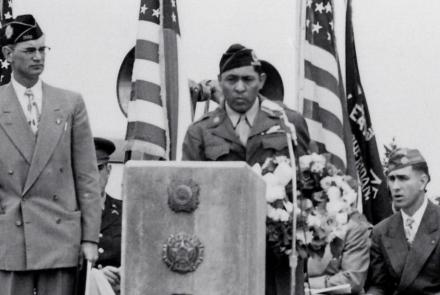
Joseph Medicine Crow
S1 - 8m 41s
Joe Medicine Crow, the last war chief of the Crow Tribe of Montana is profiled in The War, a film by Ken Burns and Lynn Novick.
-
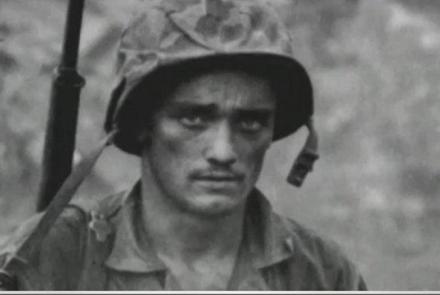
American Anthem
S1 - 5m 12s
Norah Jones sings 'American Anthem.'
-
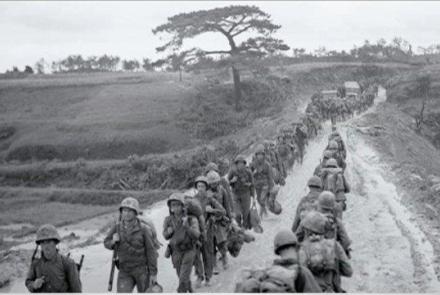
Intro
S1 - 5m 35s
Watch the first few minutes of The War.
-
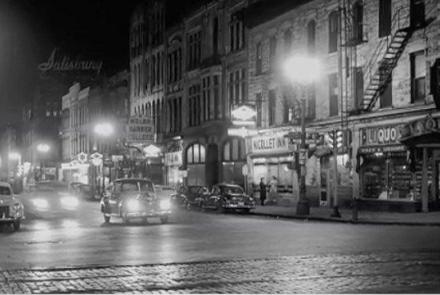
Why We Fight
S1 - 4m 39s
Burnett Miller, Ray Leopold and Sam Hynes talk about why they fought.
-
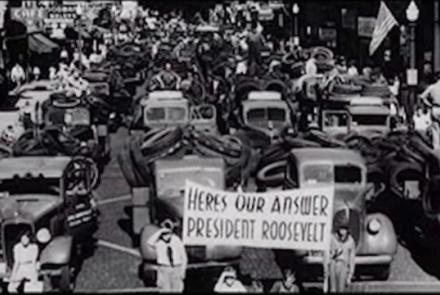
Rationing and Recycling
S1 - 7m 22s
During the war everything seemed to be rationed or in short supply: gasoline and fuel oil and rubber; bobby pins and zippers and tin foil; shoes and whiskey and chewing gum; butter and coffee and nylons and tomato ketchup and sugar; canned goods and cigarettes and the matches needed to light them.
-
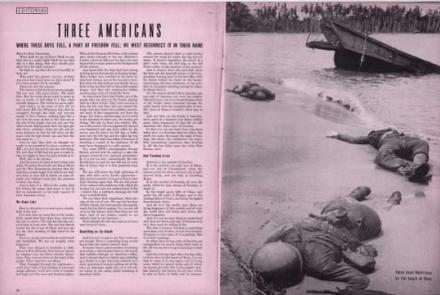
Here Lie Three Americans
S1 - 2m 14s
In the September 20, 1943 issue, LIFE magazine published the first image of dead American servicemen that American civilians had been allowed to see in the twenty-one months since Pearl Harbor.
-
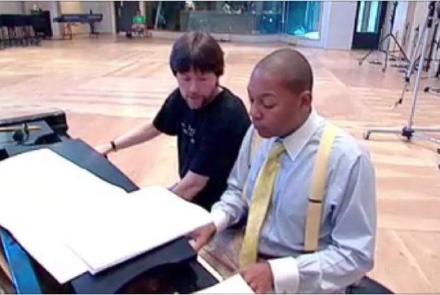
Making Of | Wynton Marsalis On Music
S1 - 1m 22s
Wynton Marsalis talks about composing original music for “The War.”
-
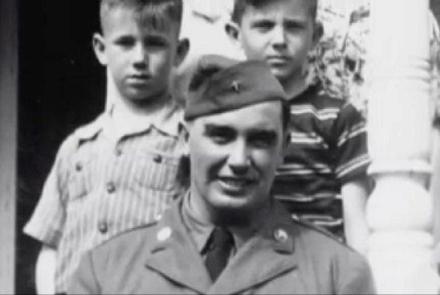
Making Of | Ken Burns' Decision
S1 - 1m 11s
Ken Burns talks about his decision to make “The War” and why he was reluctant to make the film.
-
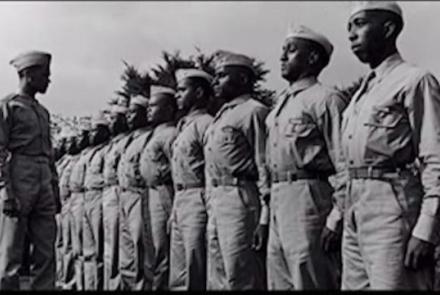
African-Americans Troops Training
S1 - 4m 10s
Despite the bravery of African Americans in all of America’s previous wars, despite the argument made by the NAACP and others that “a Jim Crow army cannot fight for a free world,” the armed forces of the United States remained strictly segregated.
-
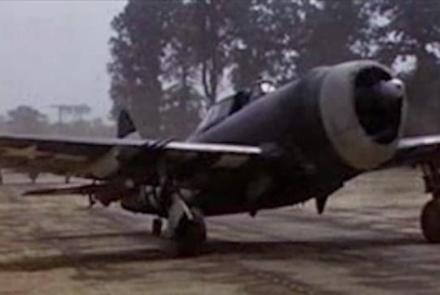
'Knew I'd Killed Men'
S1 - 1m 42s
Fighter pilot Quentin Aanenson recalls the first time he knew he'd "killed men."
-
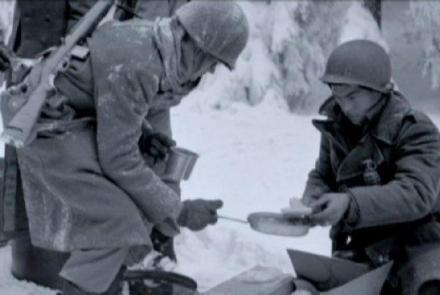
Chocolate Roast Beef
S1 - 1m 50s
Ray Leopold talks about the strange mixture of food available during meal times.
-
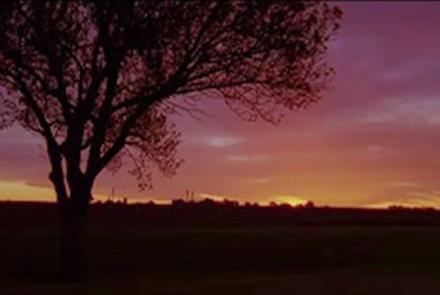
The Four Towns
S1 - 11m
An introduction to the four towns featured in THE WAR – Mobile, Alabama; Sacramento, California; Waterbury, Connecticut; and Luverne, Minnesota.
Schedule
WETA Passport
Stream tens of thousands of hours of your PBS and local favorites with WETA Passport whenever and wherever you want. Catch up on a single episode or binge-watch full seasons before they air on TV.
Similar Shows

Code Name: Ayalon
History

Secrets of the Royal Palaces
History
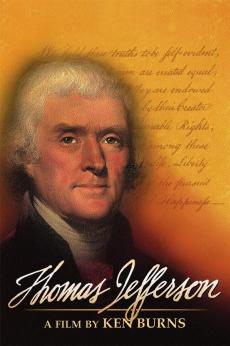
Thomas Jefferson
History
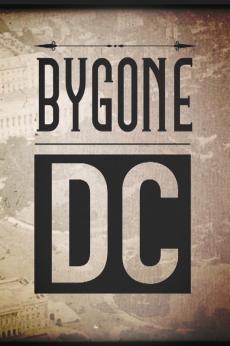
Bygone DC
History

My Survivor
History
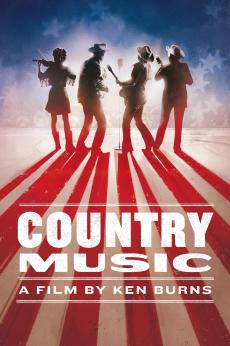
Country Music
History
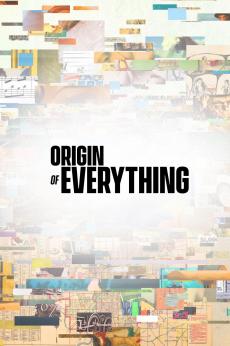
Origin of Everything
History


Jack Taylor: The Enterprise
History

Bob Dole, Italy and World War II
History